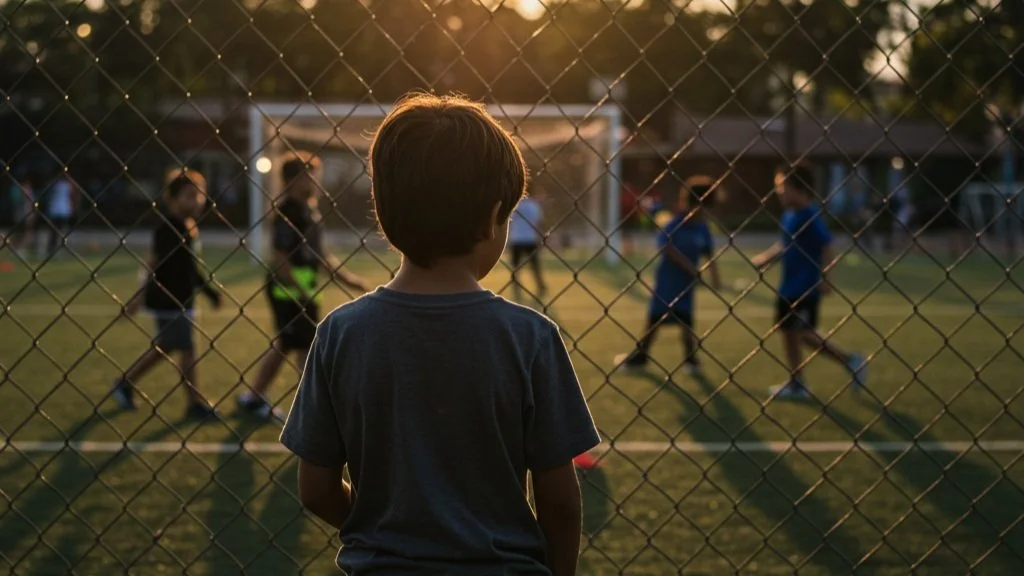
Priced Out of Childhood
The American youth sports landscape has transformed into a $40 billion commercial industry, more than twice the revenue of the NFL. This pay-to-play system has erected staggering financial walls that disproportionately impact the most vulnerable children in the nation.
For the hundreds of thousands of children in the U.S. foster care system, who rely on state payments designed for basic needs, these costs are not just a strain but also are a near-universal barrier to the vital benefits of participation.
The Financial Wall
The primary barrier to the playing field is economic. The U.S. youth sports market has exploded into a $40 billion industry, creating a "pay-to-play" model where a child’s opportunity is increasingly dictated by their family's income.
The financial burden is immense; the average U.S. family now spends $1,016 per year on just one child's primary sport, a 46% increase since 2019.
This escalating cost creates a profound financial strain on all families, with national surveys showing that 60% of parents now consider youth sports a financial strain.
For foster parents and caregivers in Kansas, this challenge is magnified. They receive stipends that are strictly intended to cover a child's most basic needs: food, clothing, and shelter. These stipends are not designed to accommodate the high fees for sports, which forces caregivers into an impossible choice: either pay for everything out-of-pocket—a financial risk many cannot take—or deny the child the opportunity to play altogether.
The Stability Crisis
For a child in foster care, life is in a state of constant, unsettling motion. The statistics are staggering: 44% of children who have been in the system for two or more years will experience three or more different home placements, and 15% will endure five or more.
Each move is a recurring cycle of loss, severing connections not only with caregivers and teachers but also with friends, neighbors, and any supportive adults in their community—including coaches and teammates.
This is where a consistent, centralized team can serve as a vital anchor. It provides a powerful sense of "stability in motion" and where the rules, community, and objectives of the sport remain constant, even when a child's home and school change.
The Long Term Cost
The cumulative effect of this instability and exclusion is most starkly illustrated by the outcomes for the 19,000 to 23,000 young people who "age out" of the system each year without a permanent support network.
The statistics are a profound societal failure. One in four former foster youth experiences Post-Traumatic Stress Disorder (PTSD) at rates higher than U.S. war veterans. Without adequate support and pro-social opportunities, many become entangled in the criminal justice system.
Nearly 60% of young men who age out of foster care are convicted of a crime.
A Pathway Forward: Our Game Plan
We provide the funding to level the playing field, the stability of a team to act as a home base, and the mentorship and pro-social outlet needed to build a healthy and successful future. We don't just put kids in the game; we give them a fair shot at winning in life.

